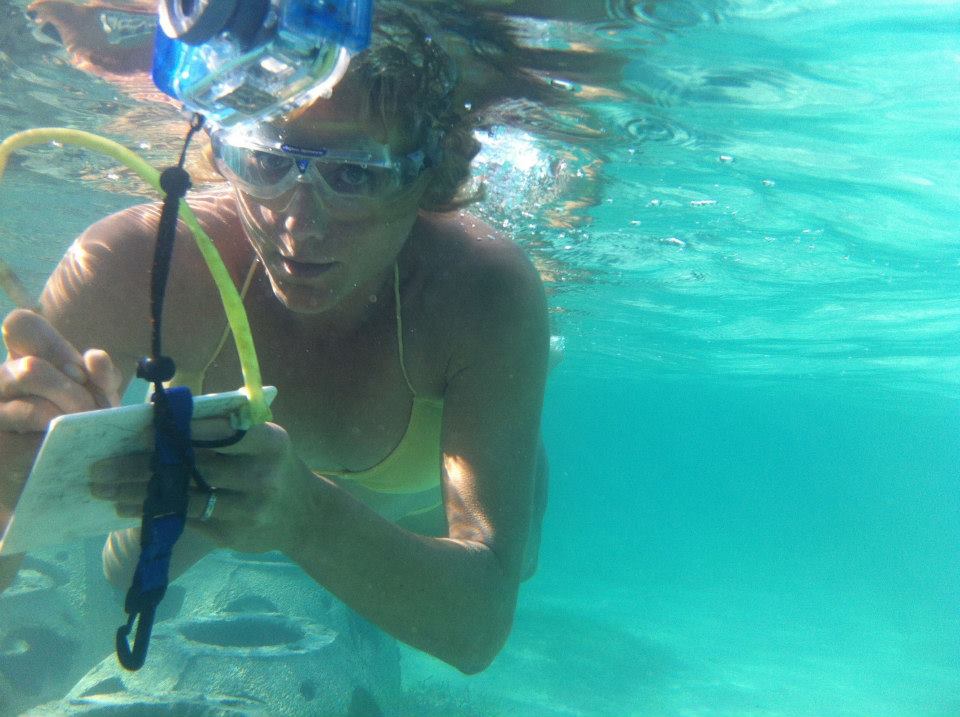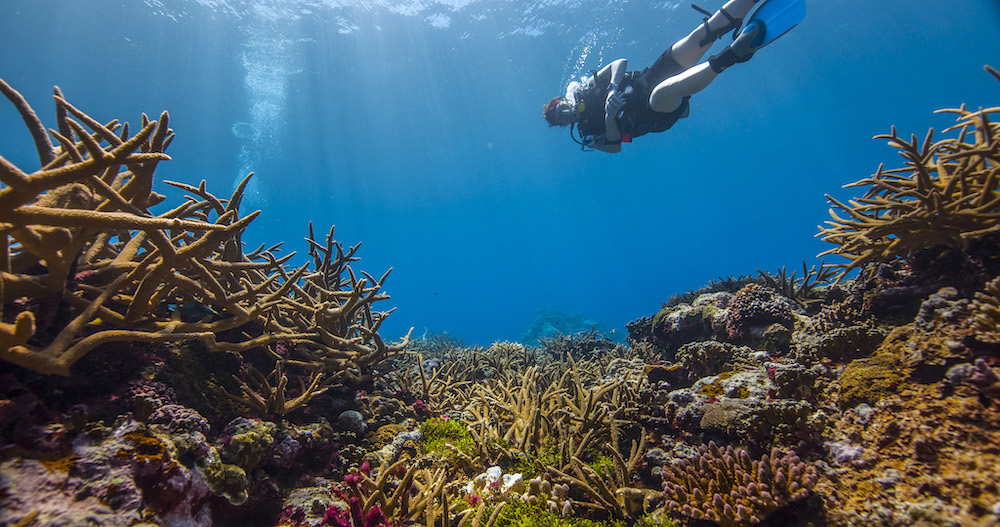
For those of us living in tropical or sub-tropical climates, mangroves are a familiar plant that most see every day. Specifically, mangroves are widespread across Florida and enjoy particular regulations to ensure their protection. Why? Because mangroves are essential to coastal health and climate change resilience. I know, basically a shrub is an essential cog in the fight against climate change? It sounds silly, but the answer is yes! Here’s why…
Mangroves tend to grow in coastal regions that are susceptible to tidal change, salinity spikes, and other ecological variations. The type of mangrove that grows in a location determines the type of combatants it uses to maintain a safe and viable environment. One of the main perks of mangroves, in terms of coastline health, is that the roots dig deep enough to trap sediment and protect against storm damage. This reduces the severity a hurricane will have on the coastline which can keep tidal height changes at bay. Mangroves help stabilize coastlines and reduce the impacts of storm waves and flooding – growing threats as the climate changes. No one wants to enjoy a “sea view” in your living room, that’s too close!
Mangroves and local fauna

Another major perk that mangroves provide is creating a safe environment for a variety of marine life. This can include mollusks, crustaceans, monkeys, birds, fish, and even sharks! Juvenile sharks have been known to take refuge within mangrove forests, using the nearly unnavigable root mazes to hide from larger adult sharks, as well as taking advantage of the abundance of food. The shallow water around the mangrove roots attracts several small species of fish and shrimp that use them for nurseries, protection, as well as their own food sources.
Mangroves and humans
Humans have also found uses for mangrove plants, harvesting them for timber, wood chips, charcoal, and more. Although the protection of mangroves within the United States is established, other locations are desperately trying to maintain their numbers of intact mangrove forests as commercial development continues to rise. Developing countries, where mangrove forests can provide the most needed protection, have been replacing these forests with agricultural fields.

Mangroves and climate change
The necessity to protect these mangrove forests is global, each country having to do their part in maintaining these habitats while also planting more! It is even more important as mangroves are incredible long-term carbon sinks, storing carbon in the plants themselves but more importantly in the soils below for hundreds to thousands of years. A recent study has also shown that mangroves are already now adapting to climate change by growing faster. This would allow them to keep up with sea level rise. They also can expand their range to higher latitudes!
I could discuss the varying adaptations that mangroves have developed to combat climate change, but the essential point for discussion is what WE can do as a society to ensure that no more habitats are destroyed. Protection of critical areas, restoration of degraded regions, and depleting human stresses on mangrove forests are all essential key things we can do to help in the reduction of climate change.
What is something you can do within your own community to help in mangrove and climate change?



